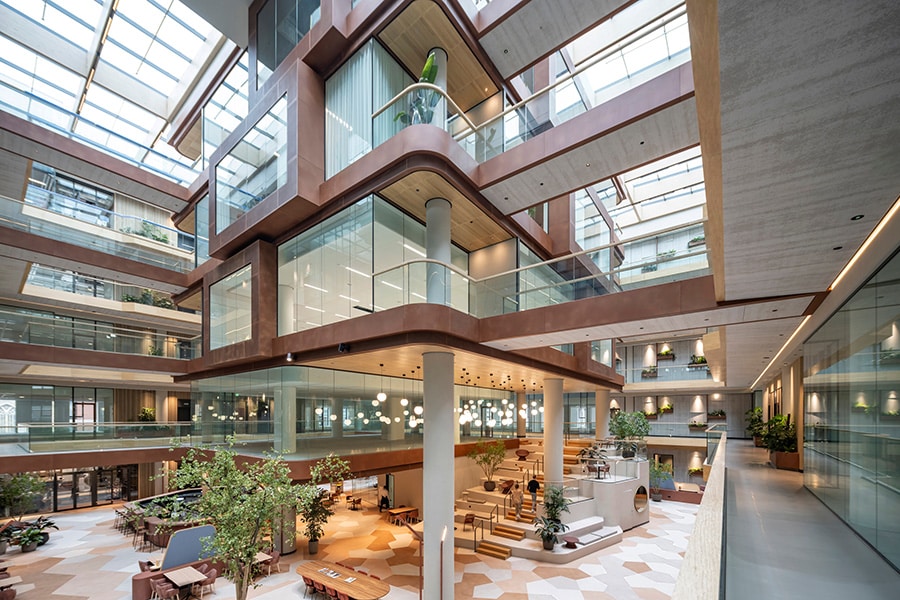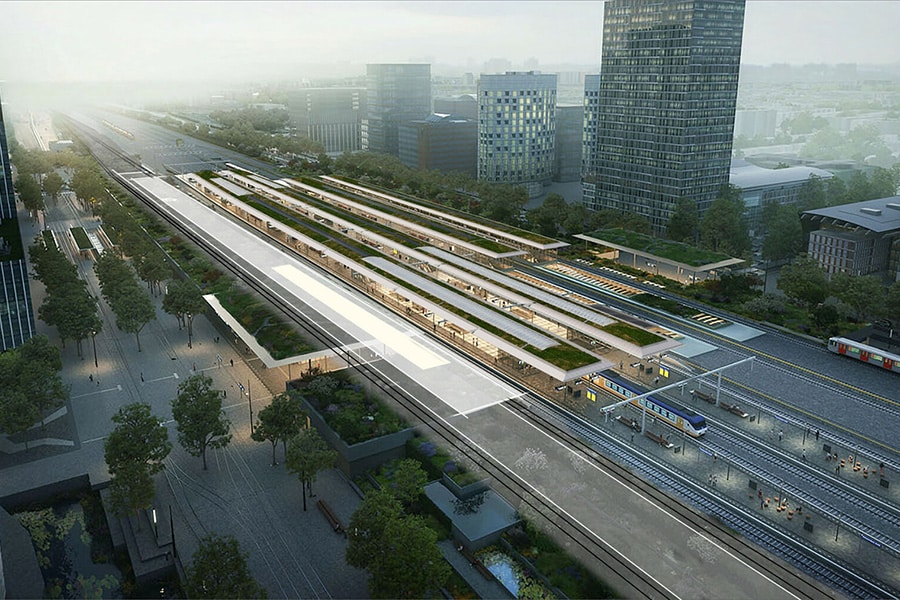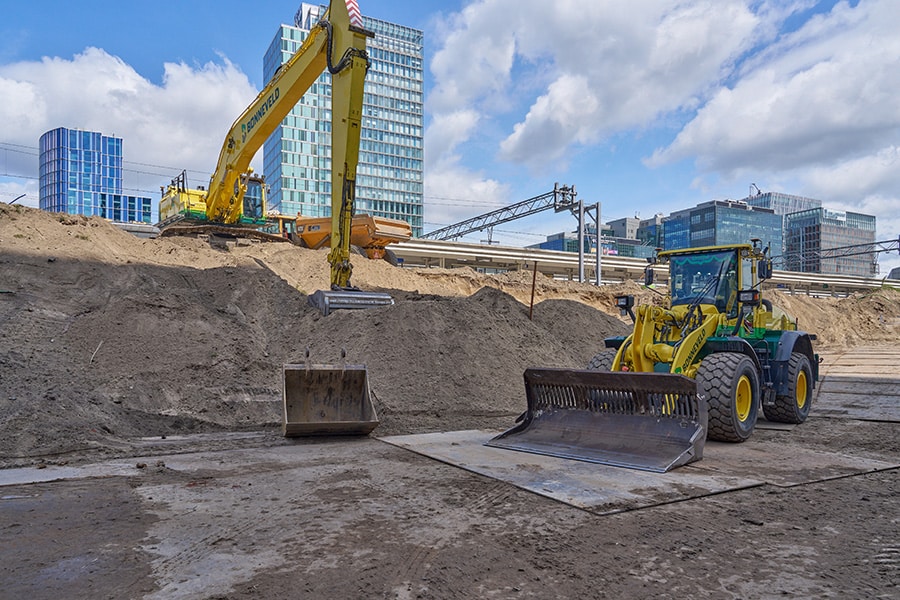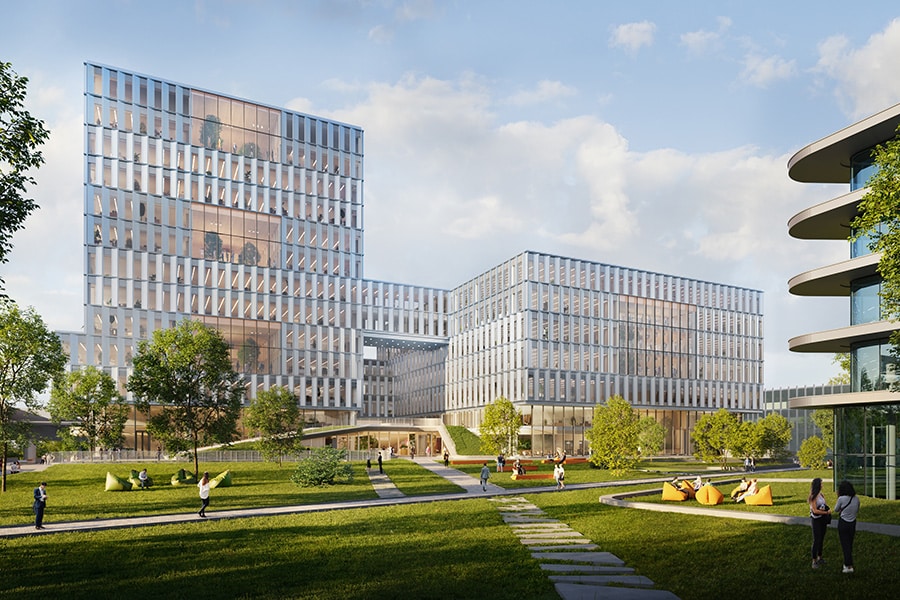
Merging for greater sustainability and circularity
The government's goal is to be a fully circular economy by 2050, with an intermediate step in 2030 of consuming 50% fewer primary raw materials compared to 1990. This requires a transition from a linear economy to a fully circular economy, using materials that are not environmentally damaging and without wasting material and energy. By exploiting co-construction opportunities, many circular gains can be made. This article shows several examples of linkage opportunities, using some of Lievense | WSP's projects that contribute to sustainability and circularity.
The first meekoppelkansans follows from the quay problems around the historic quay walls in Amsterdam. Approximately 100 km of quay walls are in poor condition. Amsterdam also has the (climate) problem that canal water becomes too warm in summer. A heat exchanger in the new quay walls extracts heat from the canal water. This is not only good for the fish, but also inhibits the growth of blue-green algae. The heat is stored to be used for home heating during the winter. Replacing the quay walls is thus turned into an opportunity for energy generation with little additional material input.
A second example involved a legally required asbestos roof to be replaced on a factory building. It was recommended that the relatively heavy and air leaky roof be replaced with a steel roof plate with a light, fully recyclable insulation material. This greatly increases the insulation value of the roof. The airtightness also improves, resulting in substantial energy savings. The total weight of the roof package has decreased. This provides opportunities to install solar panels on the roof without necessarily adding weight to the underlying support structure. The result is an energy-producing roof with improved sustainability performance.

Extracting heat from Amsterdam's canals and thereby lowering water temperatures.
A third example of circular linkage opportunities at the neighborhood level concerns a neighborhood in Bunnik where possibilities for preventing flooding during heavy rainfall were investigated. The capacity of the sewer system falls short and the municipality has a need to increase the livability of the neighborhood. Lievense | WSP inventoried the wishes of the municipality, residents and civil society organizations in a 'place making' participation process. The end result is much less paving in the neighborhood, semi-paving for parking, more greenery and wooden benches for social talks, joint use of playgrounds, a healthier environment with less heat stress, an end to flooding and - last but not least - satisfied residents. All with limited use of environmentally harmful materials.
Experience shows, for example by conducting LCC studies, that integration of sustainability and circularity in many cases does not have to cost much more and may even yield cost savings. An integral approach is necessary. By structurally exploring opportunities, circularity delivers added value in many projects.



